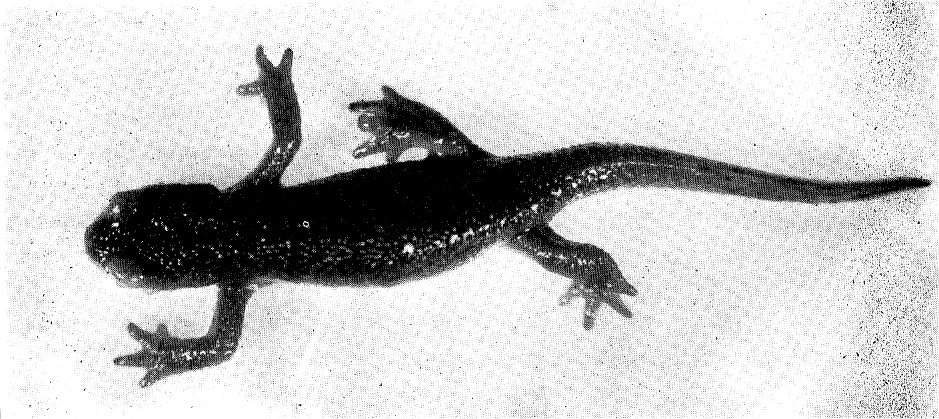When It Comes To Vitamins, More Is Not Always Better
Having too much vitamins in your system isn't a good thing, in fact it may be harmful. A study conducted at the ARS Jean Mayer USDA Human Nutrition Research Center on Aging focusing on two dietary B vitamins (folate and B12). Blood tests were taken to observe patients levels of folate and vitamin B12.
Folate has been an enrichment vitamin for U.S. cereal products since 1998. The information from the study was taken from 1999-2002 so all patients who ate cereal had high levels of folate. Since cereal has been enriched by fortification folate levels in the U.S. population have been extremely high.
The study also created interesting data for senior citizens. People 60 and over experience very low levels of vitamin B12, and those who were taking stomach-acid blockers also showed low B12 levels. This is because they both decrease the absorbtion rate of B12 into the body.
Overall the study showed that patients with high levels of folate and low levels of B12 were more likely to exhibit symptoms of anemia and cognitive impairment. Low levels of B12 has been known to cause cognitive impairment, but information about the dangers of folate is new and has opened a pathway to many new studies. So remember take your vitamins, just make sure they are the right ones!
http://www.sciencedaily.com/releases/2007/11/071126151019.htm




